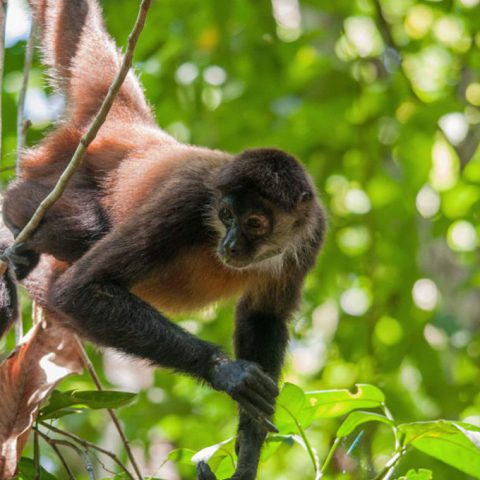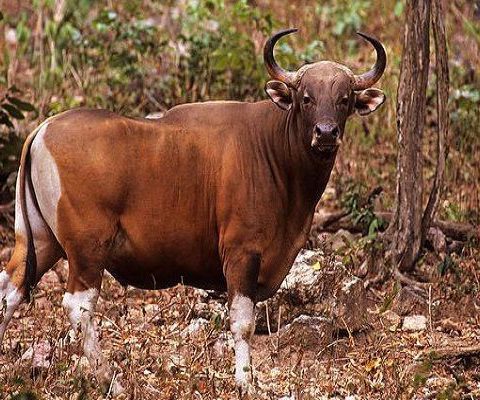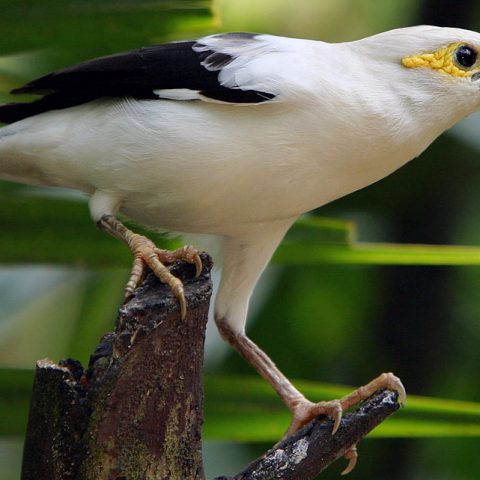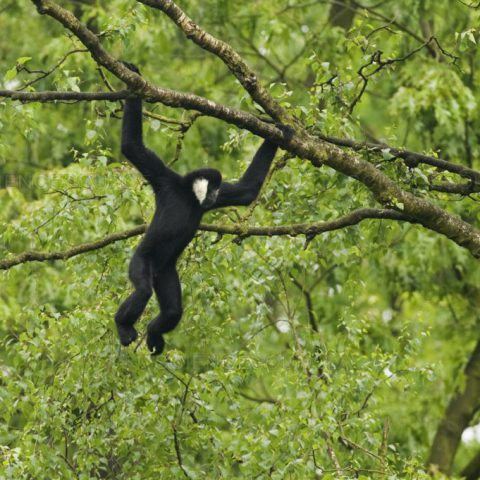Indri
![]() Critically Endangered
Critically Endangered
Population
The Indri Lemur species are listed as critically endangered and under severe threat in its natural environment and although actual population figures are unknown about 10 000 Indri are estimated to be left in Madagascar. These numbers are however decreasing rapidly.
Size
The Indri is the largest of the Lemur species. They typically range in size from 64 – 72cm in length. They can reach up to 120cm when their legs are fully extended.
Weight
The Indri weighs between 6 to 9.5kg. They can live between 15 to 18 years in the wild.
Countries
The Indri can only be found on the secluded island of Madagascar.
Distribution
The Indri is found in Madagascar’s northeast region, in the Anjanaharibe-Sub wildlife preserve.
Description
The Indri has a black and white coat with a round, hairless face and large, fuzzy ears. They have honey coloured circular eyes with small black pupils, this gives them a teddy bear look. The offspring are born entirely black with the white patches slowly emerging between four and six months of age. The Indri’s hind legs are very long and they remain in an upright position when they climb or cling. The long hind legs assist them when jumping through the trees between branches.

Quick Facts
The Indri is very sociable and they are fond of playing and wrestling. They are monogamous and usually live in small groups – male, female and offspring, but sometimes larger groups can be found. The Indri lives in a female dominant society, the females will feed first and the males will defend their territory. The female will produce an offspring every 2 – 3 years with a gestation period of 4 – 5 months. The offspring is born during May or June with the mother as the primary caregiver, although the father does assist. The offspring clings to the mother’s belly until about 5 months, and then it moves to her back. They are independent from about 8 months old and will reach sexual maturity by age 8 or 9 years old. The Indri is very vocal and communicates with eerie, but beautiful wailing calls that can be heard for about 2km. These calls communicate their whereabouts and their barks warn others to stay away, they also make kissing sounds when they are affectionate. They urinate to mark their territory and their dog like snouts give them an excellent sense of smell so they can easily smell these markings.
The Indri is a diurnal animal, feeding mostly during the daytime. They mainly eat new leaves, seeds, fruits and flowers. They have nimble fingers to help them to pick their food.
The habitat of the Indri is in lowland jungles and tropical rain forests. They are arboreal animals and they live, eat, sleep and mate high up in the trees.
Natural predators include the native cat-like Fossa, hawks and snakes. Habitat destruction and fragmentation due to slash-and-burn agriculture, fuelwood gathering and logging is however the primary threat for the Indri Lemur’s existence. This destruction even happens in protected areas. The Indri is also hunted despite the myths and traditional taboos. Cultural erosion and immigration is to blame for the breakdown of traditional beliefs. Indri meat is a delicacy in some regions.
Conservation Efforts
The Indris can be protected by protecting their habitat. This will be achieved by providing safe havens in national parks and nature reserves. The Indri does not survive longer than a year in captivity, they do not breed in captivity and they cannot tolerate habitat disturbances. This makes it difficult to rehabilitate this dying population with captive breeding. The only option is to educate the people about the value of this species and the importance of protecting its existence.







